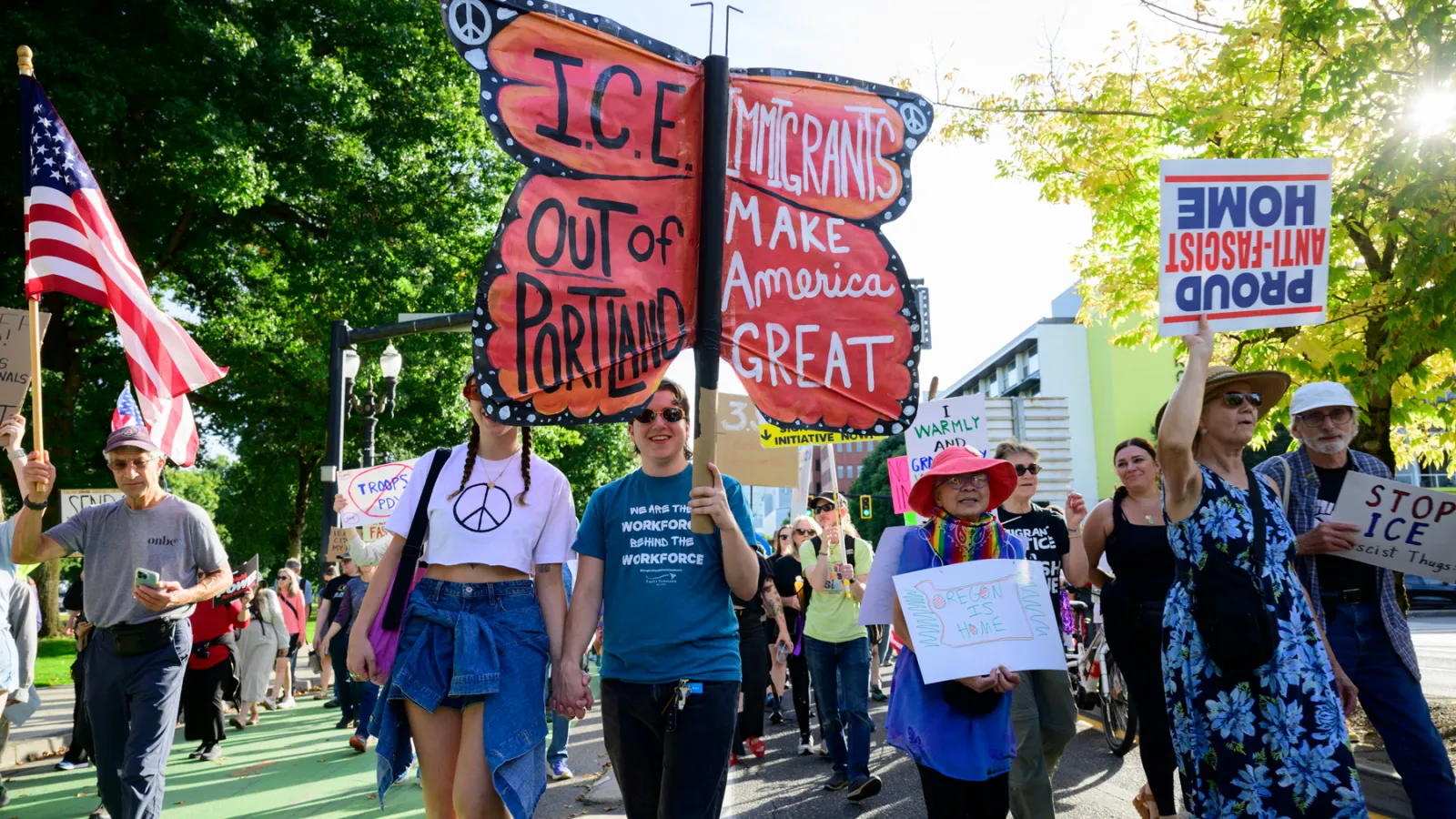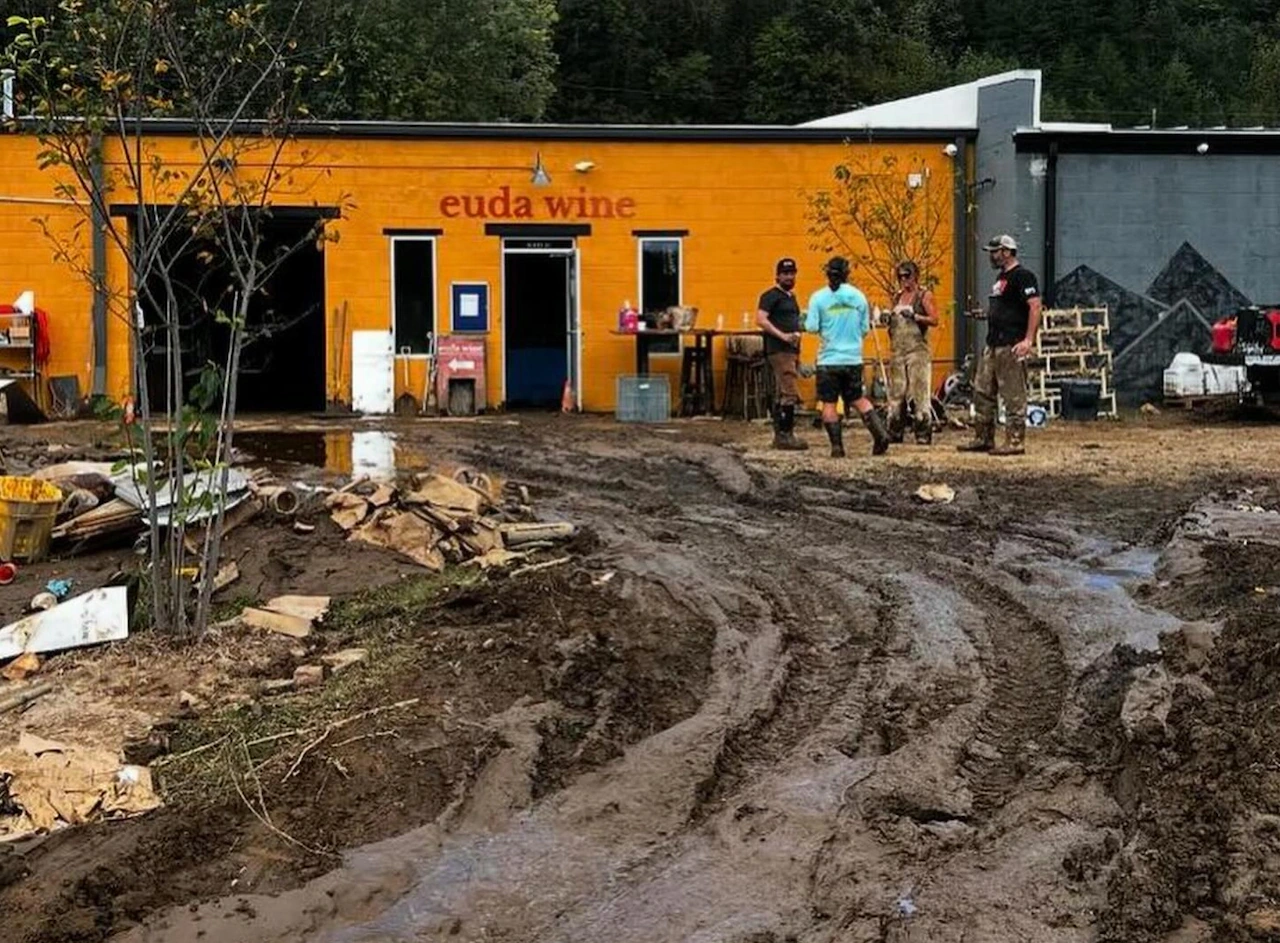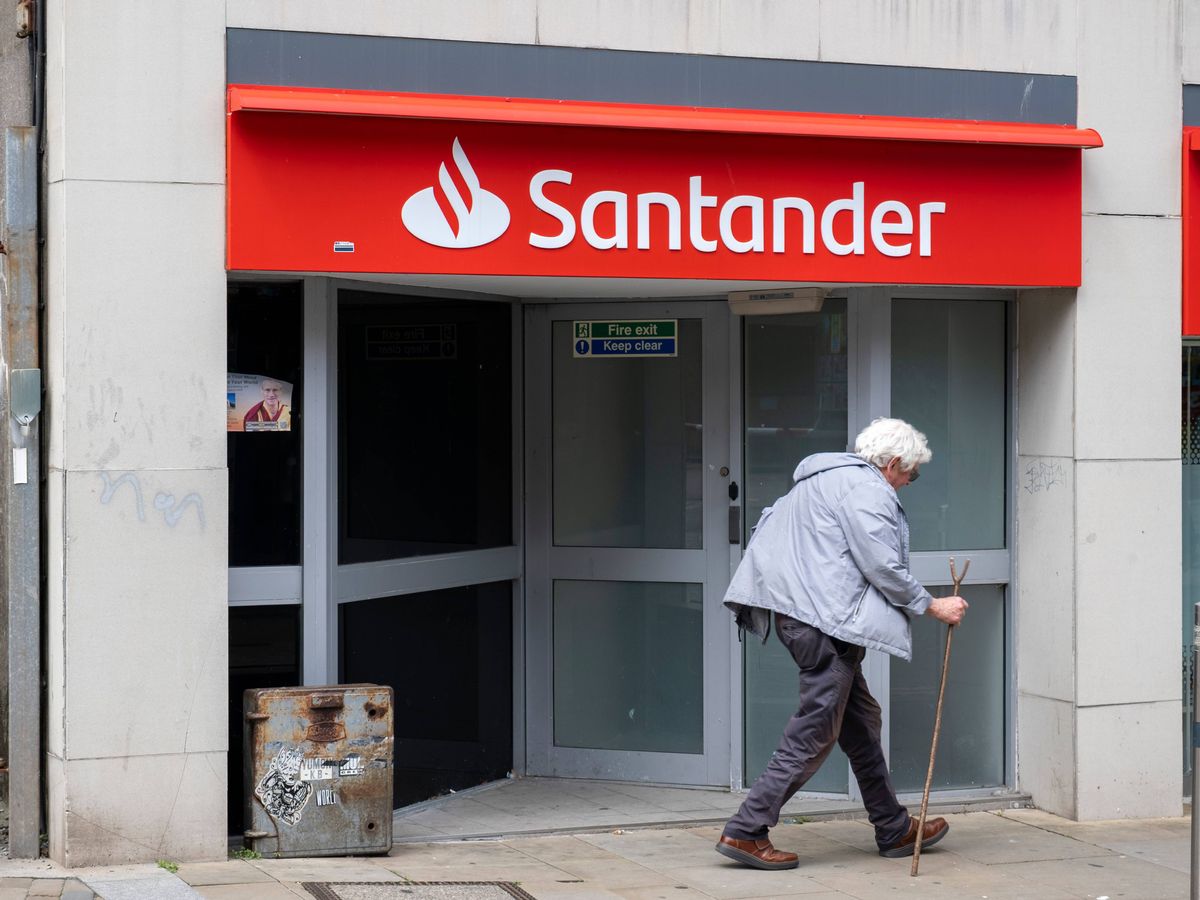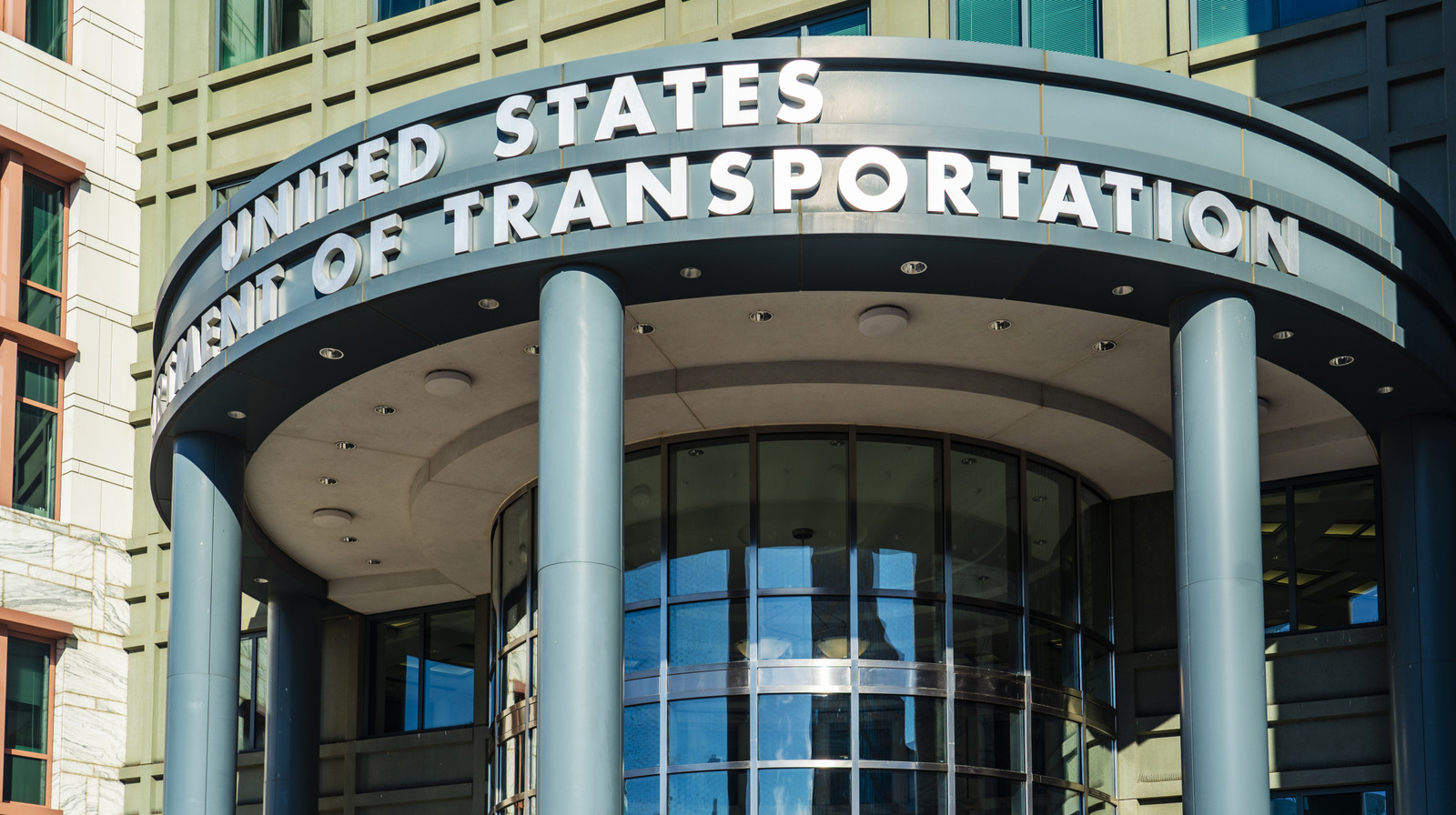
PORTLAND, Oregon — To travel through the Rose City on the Saturday that Donald Trump announced he would deploy armed federal troops here, licensed to kill, was to witness a sun-drenched metropolis buzzing with the catch-it-while-you-can energy of fading summer.
Kayaks slipped into the Willamette River; sunlight glinted through mimosa glasses at outdoor cafes; teenagers squealed with fright-delight at an oak-shaded amusement park; club kids in black denim queued for a show you’re not cool enough to know about. The only sign of anything vaguely militant were the pine-green throngs of the Timbers Army — the boisterous fans of the local Major League Soccer franchise — marshalling for a match against FC Dallas, on (shhh, don’t tell Stephen Miller) Hispanic Heritage Night.
In a post on Truth Social that morning, Trump moved to kindle conflict in this proudly progressive American city. It’s a place he wreaked havoc once before — beta testing in 2020 much of the authoritarian playbook he’s recently run on Los Angeles and Washington, D.C., and has threatened to unleash on Memphis, Chicago, and other liberal strongholds.
Trump announced he was directing his “Secretary of War,” Pete Hegseth, to deploy “all necessary Troops” to counter a supposed “siege” by antifa in the Rose City. The president said his threat of state-sponsored violence was for the greater good. In order to “protect War ravaged Portland” from “domestic terrorists,” Trump wrote, he would be “authorizing Full Force, if necessary.”
We are living through America’s Cold Civil War era. But some would like it hotter. Trump has identified wide swaths of America as belonging to the “enemy within.” And the president appears eager to play the role of accelerationist — edging the nation toward rupture — by mobilizing armed federal forces inward, to target disfavored minorities and ideological foes.
In truth, Portland is not ravaged by anything — apart from a mysterious graffiti artist who keeps stenciling the words “QUESO QUESO” (Spanish for “cheese cheese”) all over town. This is a city of vibrant neighborhoods, a world-class food scene, and a reservoir of weirdness you just can’t fake. Like other West Coast hubs, Portland has challenges: homelessness, drugs, and vacant office towers sping to mind. But the city’s violent crime rate is in freefall, with murders down 51 percent through the first half of 2025. Thanks to artists, LARPers, and bohemian shopkeeps, dead malls are coming back to life. Even a once-ghostly downtown is seeing the best foot traffic since the pandemic.
Editor’s picks
Yet to the 47th president, Portland is less a real place of striving and struggle than a blank canvas on which to project fever dreams of urban violence that must be met with an iron fist. It is a proving ground for Trump’s darkest ambitions — the kind of place he, apparently, wouldn’t mind seeing some Americans get shot, by the very troops who swore an oath to protect them.
As I have been reporting this summer, there is a tiny conflict zone in Portland. It centers on a single, gated driveway — the entrance to the local ICE facility south of downtown, which has been the site of rolling protests since June. Sandwiched between old trolley tracks and Interstate 5, the federal facility occupies an odd, trapezoidal plot, and resembles a minimum-security prison. Its main driveway crosses over a ramped city sidewalk, creating a choke point for agents in transit.
During the day, demonstrations here are typically calm. After dark, you’re more likely to witness a cat-and-mouse conflict between committed anti-ICE demonstrators and even-more-committed federal riot cops. This spectacle can turn brutal — with protesters tackled to the ground, shot with pepper balls, or gassed into submission in billows of green smoke.
Related Content
There have been a series of arrests here for alleged crimes against federal officers by agitators. But the optics of the violence have remained remarkably one-sided — with federal agents in gas masks and body armor bursting into local streets, bowling over demonstrators, and showering the neighborhood with such noxious crowd-control chemicals that a nearby charter school was recently forced to flee its longtime campus.
Yet when I pulled up on my bike on Saturday afternoon — without a flak helmet, bulletproof vest, or even a PRESS badge — this site was looking peaceful and remarkably spiffy. The ICE building itself had fresh paint covering much of the rage-filled graffiti that I’d seen in earlier weeks. Sheets of plywood, previously used to up-armor the second- and third-story windows, had also been removed.
Yes, a few graffitos offered a dose of menace: “Molotovs Melt ICE,” read one. But others were softer: “Anifa=Anti-fascist,” one message intended for agents inside spelled out in rainbow colored chalk. “What does that make you?” Even the outpost for the most committed demonstrators had relocated down the block.
In short, the vibe in front of the building was more Saturday market than civilian strife. A man in a yellow chicken suit stood near the driveway, an American flag (decorated with hearts in lieu of stars) caped around his neck. He held a cardboard sign reading, “Portland Will Outlive Him.” A lone woman in a Panama hat stood silently across the street in a tank top and Doc Martens, a placard hung around her neck by a rainbow ribbon reading: “FUCK OFF FEDS!” The count of local TV camera crews on the scene, to record the non-happening, rivaled that of actual protesters.
A single federal cop did open the tall metal driveway gate to shoo away a pair of demonstrators holding signs denigrating the masculinity of agents, including: “ICE is small dick energy. micro.” Only as this officer retreated behind the gate, did a woman holding a sign reading “Fascism Is Unamerican” raise the decibel level, demanding to know if this man had seen viral videos of children being ripped from their parents, or spouses being thrown to the ground by ICE officers. “If you’re against it, why the fuck are you helping them?” she yelled. “Stand up for something! Where are your values? This is not the country I grew up in!”
Not far away, backed by one of the city’s iconic bridges, Oregon’s civic leaders presented a united face against Trump’s troop deployment. Keith Wilson, Portland’s mild-mannered mayor, spoke directly to the president: “The number of necessary troops is zero in Portland.” Tina Kotek, Oregon’s Democratic governor, told reporters she’d been speaking with Trump directly and had insisted: “We got this. We are good. We are doing fine.” The governor added that any deployment of federal troops “violates our right to govern ourselves.”
But the wheels were already in motion. Hegseth signed an order Sunday seeking to federalize 200 members of the state’s National Guard. By that evening, the state responded with a lawsuit — similar to litigation brought in California after the federal incursion into L.A. — seeking to have the order declared “patently unlawful” because, among other alleged defects, the deployment doesn’t have the backing of the governor and violates the Posse Comitatus Act.
“Far from promoting public safety,” the lawsuit states, the president’s “provocative and arbitrary actions threaten to undermine public safety by inciting a public outcry.” The litigation asserts the “stated basis for federalizing” the guard is “pretextual and baseless” — arguing that “the ICE-facility protests have generally been small and are frequently sedate.” The litigation suggests that Trump’s dismal view of Portland’s current protest climate had been warped by a September Fox News segment that replayed old footage from the tumultuous Black Lives Matter protests of 2020.
For now, Portland is in a waiting game. Mobilizing the National Guard will take until at least Thursday — about the time the state’s lawsuit will receive its first hearing in federal court. In remarks to reporters Monday, Kotek held out hope that she could yet work to “delay, pause [or] redirect” the deployment.
But in a speech to military leaders Tuesday morning, Trump doubled down on his misrepresentation about Portland as a “war zone.” He recounted a conversation with Kotek. “I get a call from the liberal governor, ‘Sir, please don’t come in, we don’t need you.’ I said, ‘Well unless they’re playing false tapes, this looks like World War II,’” Trump said. “‘Your place is burning down.’”
Trump’s move to militarize this peaceful city might seem darkly funny — if the stakes weren’t deadly serious. We’ve reached the armed occupation phase of the 47th president’s authoritarian project after only eight months. And the velocity only seems to be increasing.
Trending Stories
Thanks to a colleague’s David Byrne interview, I’ve been on a Talking Heads kick. As a teenager during the Cold War ’80s, I was entranced by “Life During Wartime.” The lyrics have all the atmospherics, if none of the plot, of a thriller about resistance during social collapse: “The sound of gunfire off in the distance / I’m getting used to it now” … “Trouble in transit, got through the roadblock / We blended in with the crowd.”



